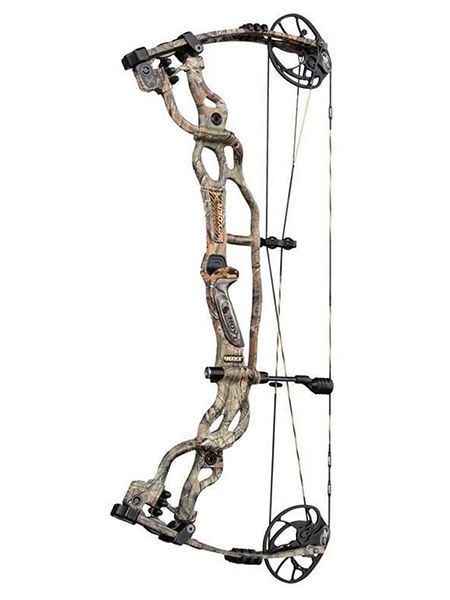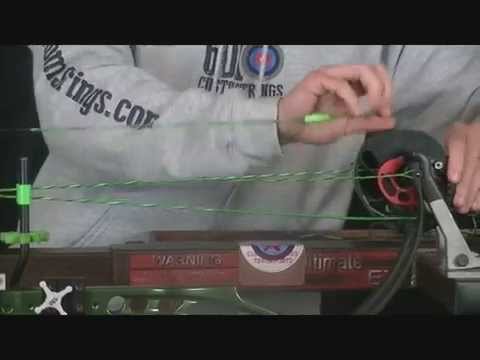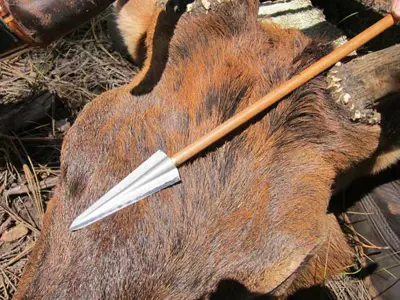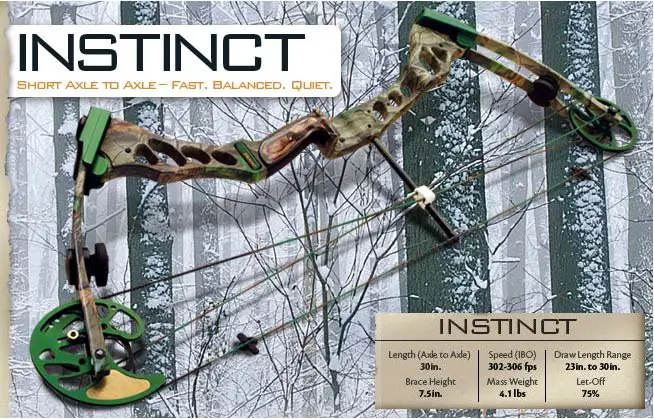How To Adjust Draw Length On A Compound Bow
If you’re new to the world of archery or looking to upgrade your equipment, understanding how to adjust the draw length on a compound bow is essential. The draw length refers to the distance between the string at rest and the bow’s grip when the bow is fully drawn. In this article, we’ll explore the mechanics of a compound bow, its advantages, and provide a step-by-step guide on how to adjust the draw length to ensure a comfortable and accurate shooting experience. Whether you’re a seasoned archer or just starting out, this article will provide you with the necessary knowledge to make the most of your compound bow.
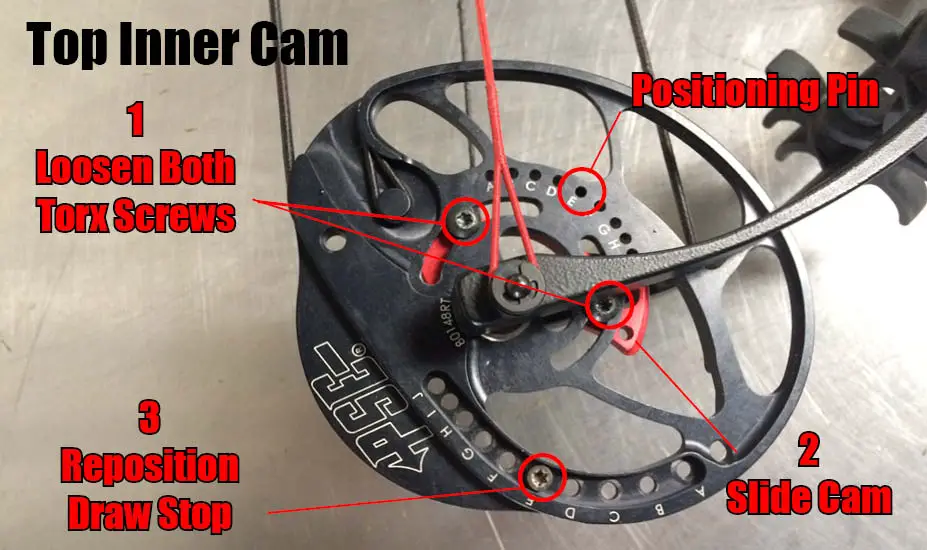
What is a Compound Bow?
A compound bow is characterized by a system of cables, pulleys, and cams that assist the archer in holding a high poundage at full draw. Unlike traditional bows, where the draw weight increases as you pull back, compound bows reach a peak weight and then “let-off” to a lower holding weight, allowing the archer to take more time when aiming.
Key Components
Limbs
Unlike the straight limbs of a longbow or the curved limbs of a recurve, compound bow limbs are much stiffer, providing the power behind the arrow. They store and release energy when the bowstring is drawn and released.
Cams
Cams, also known as wheels, are the oval-shaped devices that rotate as the bow is drawn. They dictate the draw cycle’s feel and the bow’s overall performance. The cams play a crucial role in the let-off, where the weight of the bow reduces significantly, making it easier to hold at full draw.
Cables & Strings
The cables and strings of a compound bow are integral to its functioning. The cables connect the cams to the opposite limb, while the strings attach the cams to the bow’s limbs. These components work together to transfer energy from the draw weight to the limbs and ultimately launch the arrow.
Riser
The riser is the central part of the bow, usually made of aluminum or carbon, to which limbs, sights, stabilizers, and other accessories are attached. It provides stability and balance to the bow, ensuring accurate and consistent shots.

Advantages of Compound Bows
Power & Speed
Compound bows can generate immense power due to the mechanical advantage provided by the cams and the stiffer limbs. This power translates into arrow speed, allowing archers to shoot with greater force and penetration.
Accuracy
The design of compound bows, with their let-off feature, allows archers to hold the bow at full draw for longer periods, enabling them to aim more precisely. With reduced muscle fatigue and steadier aiming, compound bows offer enhanced accuracy compared to traditional bows.
Compact Design
The shorter limb design of compound bows makes them more manageable in tight spaces, such as hunting blinds or dense forests. Their compact size and maneuverability give archers an advantage when navigating challenging terrain.
Adjustability
Many compound bows offer adjustability in terms of draw length and draw weight. This adaptability allows archers to fine-tune their bows to match their personal preferences, making it easier to find the perfect fit. Adjustability also makes compound bows suitable for archers of all sizes, ages, and skill levels.
Choosing the Right Compound Bow
Purpose
Before purchasing a compound bow, it is essential to determine your purpose. Are you targeting big game animals, participating in target archery, or perhaps engaging in the exciting sport of bowfishing? Identifying your intended use will help narrow down the specific features and specifications you require in a compound bow.
Draw Length
Ensuring that the bow fits your personal draw length is crucial for optimal shooting. An incorrect draw length can negatively impact accuracy and overall shooting experience. To determine your draw length, consult a professional or follow a guide that outlines the correct measurement techniques.
Draw Weight
Starting with a draw weight that you can comfortably and consistently pull back is essential, especially for beginners. Gradually increase your draw weight as you build strength and proficiency in archery. Straining to draw a bow that is too heavy can affect your accuracy and lead to poor shooting form.
Let-off
Let-off refers to the percentage of weight reduced when the bow is at full draw. A higher let-off allows you to hold the bow drawn for longer periods with less effort. Consider your shooting style and preferences when selecting the let-off percentage that suits you best.

Maintenance & Care
Compound bows, with their intricate design and components, require regular maintenance to ensure optimal performance and longevity.
Regular Inspection
Periodically inspecting your compound bow is essential to identify any signs of wear and tear, such as frayed strings, damaged cables, or loose components. This regular inspection will help you address minor issues before they escalate into more significant problems.
Lubrication
Proper lubrication of your compound bow’s moving parts, such as the cams and axles, is crucial to prevent friction and ensure smooth operation. Use manufacturer-recommended lubricants and follow their guidelines for application. Remember to clean any excess lubricant to avoid accumulation of dirt and debris.
Professional Tuning
Consider having your compound bow professionally tuned at least once a year. Professionals can assess the bow’s overall condition, make any necessary adjustments, and ensure it is shooting at its peak performance. This professional tuning service will help extend the lifespan of your bow and maintain its accuracy.
A Word on Safety
While compound bows offer many advantages, it is essential to prioritize safety when practicing archery.
Choosing the Right Arrows
Always use arrows recommended for your specific bow’s draw weight and draw length. Using arrows that are too light or too heavy for your bow can result in reduced accuracy and potentially dangerous situations. Consult with professionals or refer to manufacturer guidelines to ensure you choose the appropriate arrows.
Clear Shooting Lane
Before shooting your compound bow, ensure your shooting lane is clear of any obstacles or obstructions. This includes vegetation, branches, or any other objects that may interfere with the arrow’s flight path. A clear shooting lane reduces the risk of injury and improves accuracy.
Awareness of Surroundings
Maintain awareness of your surroundings when shooting a compound bow. Be mindful of people, animals, and objects within your shooting range and beyond. Always take precautions to prevent any unintended accidents or injuries.
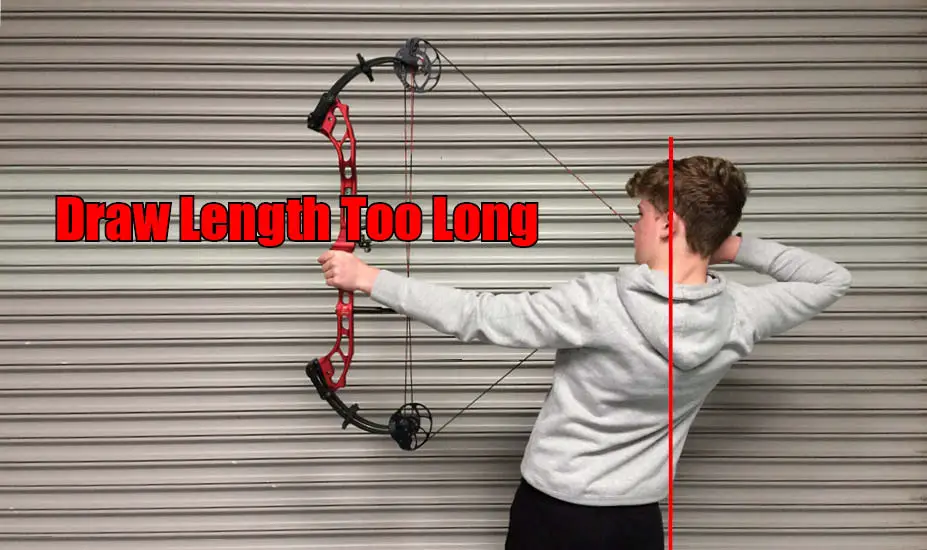
Conclusion
The compound bow, since its invention in the 1960s, has revolutionized the archery world. By blending innovation with tradition, it offers archers a powerful, accurate, and adjustable weapon to pursue their passion. Whether you’re a seasoned archer or just beginning your journey, the compound bow provides a unique and thrilling experience that respects the archery traditions of the past while embracing the advantages of modern technology. So step into the world of compound bows, enjoy the accuracy and power they offer, and continue to appreciate the craft and skill of archery.



